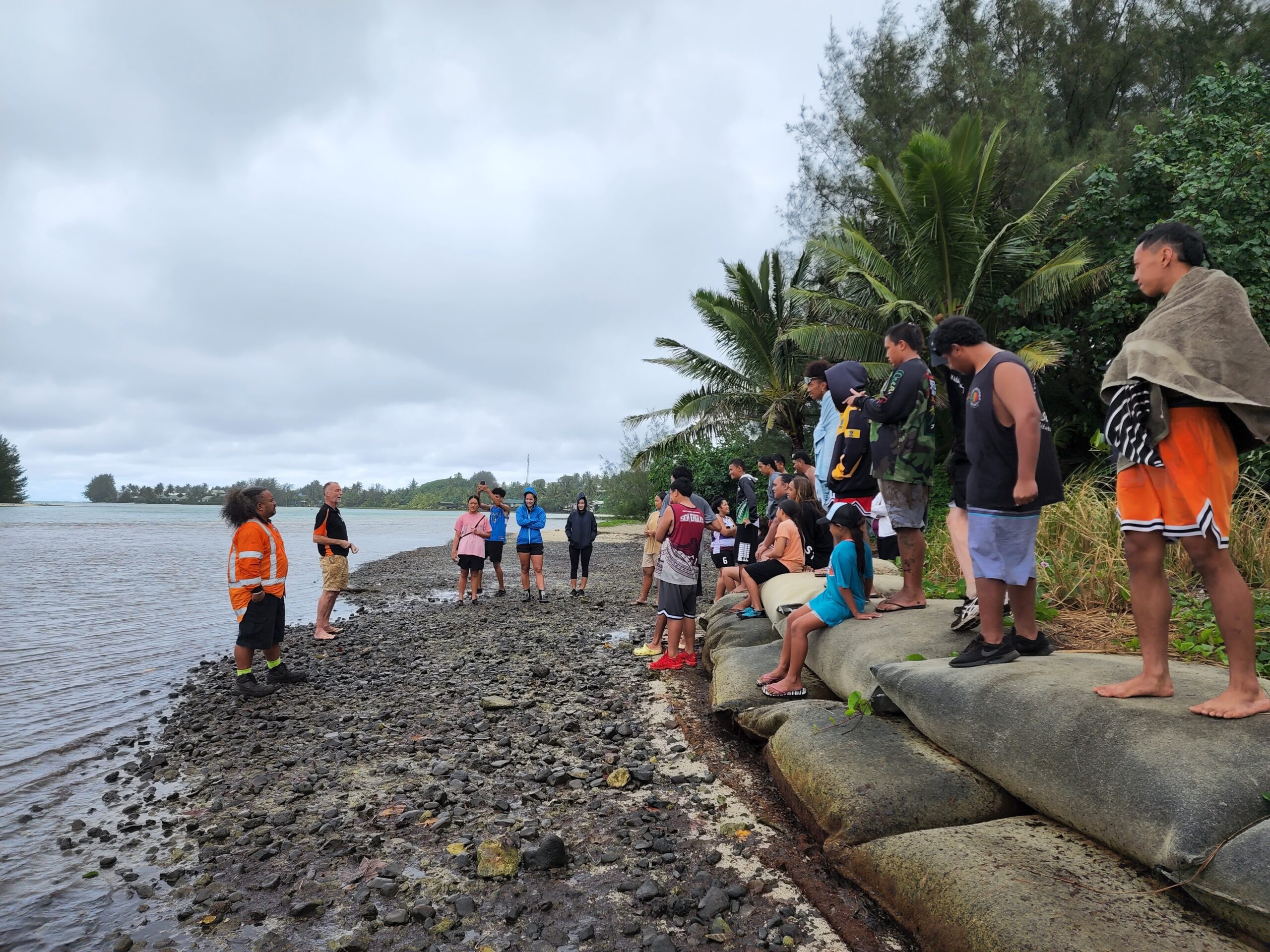Helping connect our mapu, to their surroundings
Living in an island paradise doesn’t always mean there is a strong connection between the individual and their environment. For our mapu, especially those living here on Rarotonga, there are so many different distractions that can take them away from spending time outdoors. This makes it super important for us to do our best, in ensuring they do not lose that connection to their ipukarea.
Last week Te Ipukarea Society, collaborated with Kōrero o te ‘Ōrau, to deliver a 1 week holiday program for senior students between the ages of 12 and 18. There were 28 students, from the islands of Rarotonga, Atiu and Mangaia, who all participated in the many activities throughout the week.
Te Ipukarea Society took the lead on Monday and Thursday, delivering presentations and learning experiences for the students to engage in. Some were already experts in their own right, having lots of knowledge about the plants and ecosystems they were being exposed to. However, others were not as fortunate and were able to learn from both the teaching teams, as well as participating students, creating great workshop environments out in the field.
Monday's focus was exploring biodiversity, and what that looked like in the wider Cook Islands, and more specifically in the Takitumu Conservation Area. Before heading into the field, the students were familiarised with what biodiversity actually means, and the many different habitats that life can be present in. The National Environment Service joined us for the day and introduced the students to the iNaturalist application. This app allows participants to document their findings while out and about, and either store them for their own record or connect with the wider iNaturalist community to get assistance in identifying their findings. Once the students understood the app, they were split into 3 different groups, with different biodiversity foci for the day. They spent a good two and a half hours out in the field, observing what was present around them.
Tuesday and Wednesday were led by Korero o te ‘Ōrau, exploring wetland habitats, and fishing practices, both traditionally and in our modern day and age. Both days looked at the effects of pollution and climate change on these natural environments, and the adjustments our communities have had to go through. It was a great learning for the students to experience, exposing them to the damage that continues to take place in and around our food sources, playgrounds, and spaces of cultural significance.
Thursday's activities were focused around the Avana area, exposing the students to the major points up in the mountains, all the way to the sea. The morning started with a workshop on the development of climate change, and the students were tasked to think about some solutions that could have positive impacts on our communities, in the years to come. They were then presented with the activity of deep seabed mining, and the risks that this brings to our survival as people of the Pacific Ocean. The weather was not on our side that day, but we did our best to push through as we headed into the field. Some water quality tests were conducted up stream, as well as a site visit to our coastal protection geo-textile sandbag structure at the intertidal zone of the Avana Stream and harbour. The day concluded with a final site visit to the Avana Point, where the students saw the total contrast in environment and biodiversity compared to the inland valley.
The delivery of this program was made possible with the help of our major sponsor, the German Embassy in Wellington. We could not have done this training alone and appreciate the shared time and space with Kōrero o te ‘Ōrau. These programs are to equip our mapu, with the traditional and scientific ways of understanding our environment, as well as raising awareness of the changes that are continuing to take place. We hope this is the first of many, working with our community, and engaging with the leaders of tomorrow.

